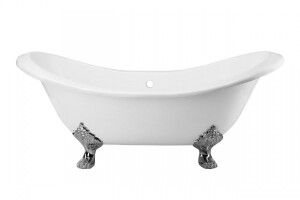The MadHouse is a home for a family of four in Kansas City in the United States. The topography of the site and surrounding city were strong influences on the formal output of the house from the beginning. This project is called the MadHouse, not merely because of its street address on Madison Ave, but because passers-by seem to comment on the madness of putting a house on the side of an urban cliff. The house oscillates between submersion and immersion - the site drops nearly forty feet from end to end - allowing the MadHouse to extend out of the ground nearly twenty feet. The significance of the MadHouse is that it overcomes the complex and ‘unbuildable’ nature of the site using a combination of construction technique. Though complex in construction and implementation, the simple use air, stone, and light stem from the bedrock from which it emerges. The duality of being both embedded in the ground and floating in the trees allows for an array of passive energy systems.
Passive strategies in the MadHouse are actually temperature moderators. Trees shade the site during the summer months. The windows are oriented for stacked ventilation - allowing air that would typically move over the house through to suck hot air out through north-facing skylights. The plan eliminates northern glazing along the entirety of the northern wall as a utility core: restrooms, closets and storage. This provides a three foot climate-buffer eliminating harsh winter winds from entering the house. Skylights provide additional light.
The Madhouse, without forced air, has a centralized wood burning stove that heats the house during winter months using wood from the trees removed during construction. The stove is supplemented by passive systems, such as southern oriented windows (with proper shading in the summer), insolation via concrete floors & walls, partially submerged bedrooms, and R-40 walls and R-50 roof/floor.










































